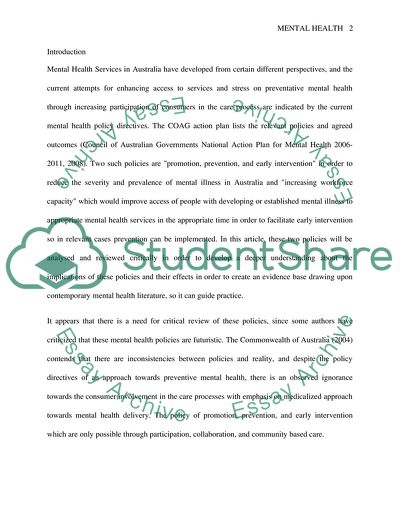Cite this document
(Analysis Contemporary Policy Issues: Mental Health Research Paper, n.d.)
Analysis Contemporary Policy Issues: Mental Health Research Paper. Retrieved from https://studentshare.org/health-sciences-medicine/1734147-analysis-comtemporary-policy-issues-mental-health
Analysis Contemporary Policy Issues: Mental Health Research Paper. Retrieved from https://studentshare.org/health-sciences-medicine/1734147-analysis-comtemporary-policy-issues-mental-health
(Analysis Contemporary Policy Issues: Mental Health Research Paper)
Analysis Contemporary Policy Issues: Mental Health Research Paper. https://studentshare.org/health-sciences-medicine/1734147-analysis-comtemporary-policy-issues-mental-health.
Analysis Contemporary Policy Issues: Mental Health Research Paper. https://studentshare.org/health-sciences-medicine/1734147-analysis-comtemporary-policy-issues-mental-health.
“Analysis Contemporary Policy Issues: Mental Health Research Paper”, n.d. https://studentshare.org/health-sciences-medicine/1734147-analysis-comtemporary-policy-issues-mental-health.


